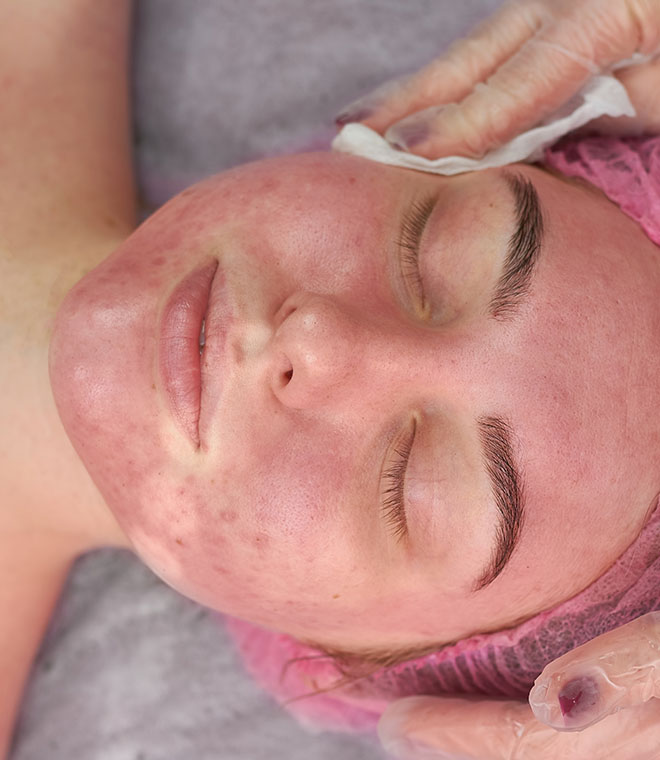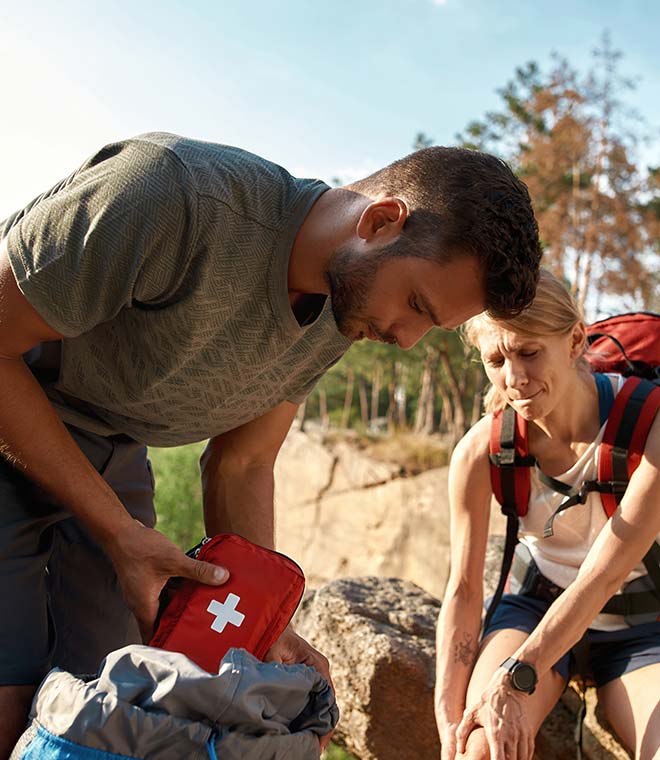Health
Impetigo symptoms
By Anna H. Chacon, MD, FAAD Dec 06, 2021 • 5 min
Impetigo is a bacterial skin infection that’s most common in young children.
While most cases don’t cause serious health issues, impetigo can trigger a variety of symptoms. It’s helpful to be able to recognize these symptoms in the event your child has an infection.
What is impetigo?
Impetigo is an infection typically caused by one of two types of bacteria, either Staphylococcus aureus or group A Streptococcus. While it’s most prevalent in young children, impetigo can affect younger and older adults as well, and it may occur more often in people with chronic dermatological conditions, like atopic dermatitis, scabies or eczema. Any break in the skin, including from insect bites or an injury, may also increase your risk of contracting impetigo.
Where does impetigo occur on the body?
The face is one of the most common places for an impetigo infection to occur. It can affect your ear, eyes, nose, lips or scalp. Less often, you may contract impetigo on your arm or hands.
Bullous impetigo, a variation of common impetigo, most commonly occurs on the face, trunk, buttocks, groin, armpits, arms and legs.
Both types of bacterial skin rashes can spread from one part of the body to another, and they’re also very contagious. In fact, the medical term for impetigo is “impetigo contagiosum” because of how easily it spreads through infected objects like clothes or sports equipment. It is also spread through direct contact with someone who has impetigo.
Early symptoms of common impetigo
In the early stages of impetigo, single pink spots around 2 to 4 mm in diameter can rapidly evolve into short-lived, pus-filled bumps, blisters on the face or blisters in the nose.
Late symptoms of common impetigo
In the late stages of impetigo, lesions on the top of the skin develop a yellow scab. These sores may rapidly spread to surrounding skin. It’s important to wash your hands and anything you touch in order to avoid spread.
Symptoms of bullous impetigo
A less common variant that usually occurs in infants under one month old, bullous impetigo sometimes affects children as well. Early symptoms of bullous impetigo include small blisters that grow to 1 to 2 cm in size.
In late stages, these blisters are flaccid and transparent, and they may measure up to 5 cm in size. The blisters don’t thicken or crust over, and they adhere to the skin around the edges but not the center. Minimal redness surrounding the blisters may occur.
Other symptoms of impetigo
Mild inflammation and enlargement of the lymph nodes, which may feel tender to the touch, may also occur with impetigo. Other symptoms may include diarrhea and weakness.
Complications of impetigo
Although very rare, complications of impetigo include additional infections and poststreptococcal glomerulonephritis, a rare kidney disease.
How long do impetigo symptoms last?
Common impetigo will usually resolve in two weeks without scarring if it’s left untreated, but bullous impetigo may take as long as three to six weeks to go away. Impetigo is usually benign and will typically go away on its own, but treatment helps it heal faster and reduces the risk of complications.
Impetigo mostly affects children but can also affect adults. While impetigo may produce bothersome symptoms, it rarely causes serious complications. But like any infection, if left untreated, impetigo can worsen or develop into a more serious skin and soft tissue infection. If you suspect you or your child has impetigo, see a healthcare provider for a proper diagnosis and treatment.
Published December 2021.



